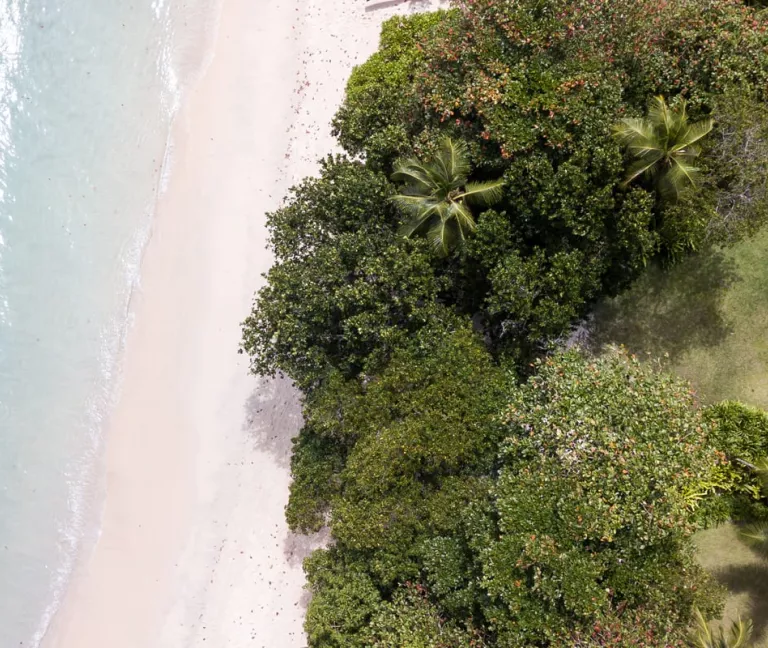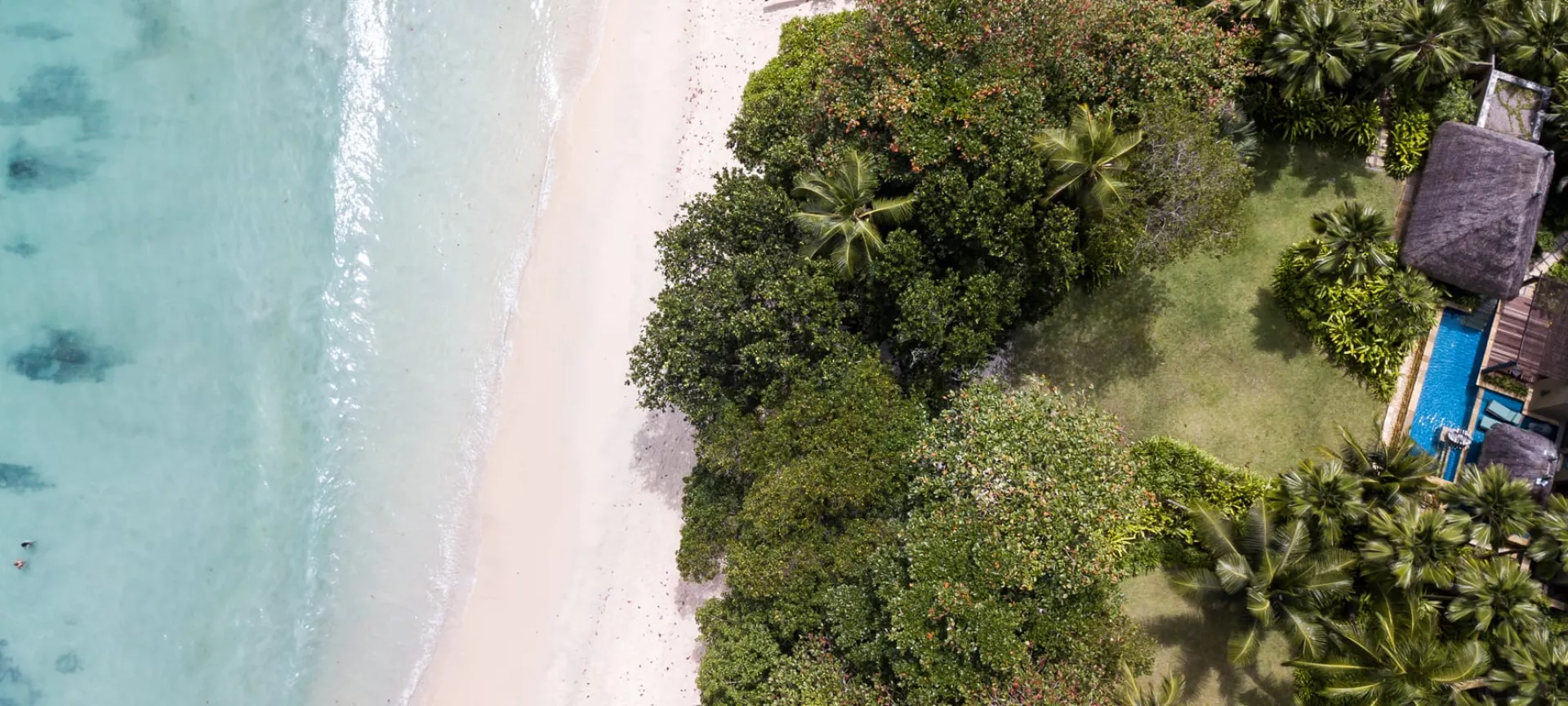
Whether it’s your 1st safari or 31st safari, the feeling of excitement as you jump into a safari vehicle never pales.
After a quick briefing from the guide, the engine will roar into life before you trundle out into the African bush. We can guarantee that everybody around you will be beaming ear-to-ear, guide & tracker included.
This short initiation heralds the start of an exciting 3 - 4 hours as you meander around in search of wildlife. As you stop to enjoy sightings, the guide will turn off the engine so guests can appreciate the sounds of the bush.
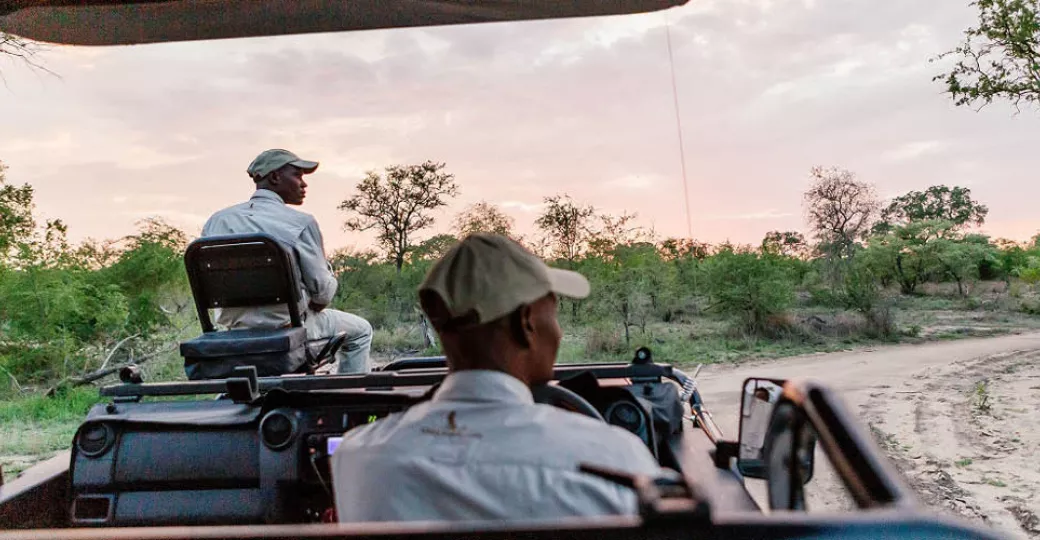
Credit: Cheetah Plains
Today, thanks to the wonders of modern technology, electric vehicles are slowly being introduced into safari lodges across Africa. The vehicles, which look and feel almost identical to the traditional vehicles, are completely different under the bonnet. While at first this sounds like a fantastic initiative, the new modern replacements do come with potential downsides.
The benefits of electric vehicles are clear on the face of it. Eco-friendly, modern and (almost) silent, guests will be able to hear every word that the guide says (plus the guides won’t need to raise their voice to make themselves heard on the back row!).
Another huge benefit of the quieter vehicle is being able to locate animals faster. Without the rumbling of an engine, the guide and tracker are able to hear and read the signs of the bush like birds, alarm calls etc, with far greater ease.
It’s not until you experience an ‘electric’ safari that you are made painfully aware of the amount of noise conventional vehicles make. Smoothly gliding around the bush or down the waterways allows for a more serene and absorbing experience, making you feel as if you’re part of the natural landscape.
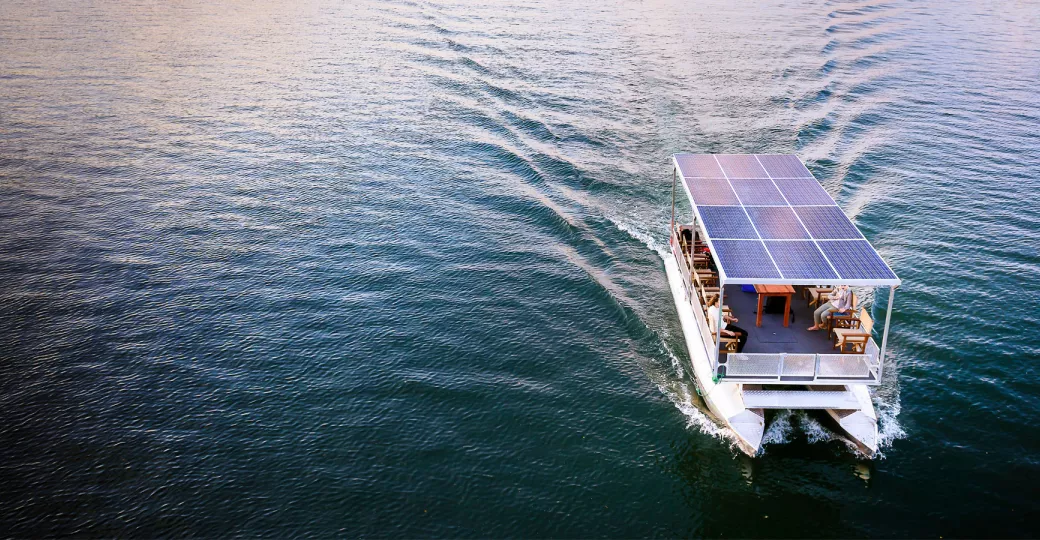
Credit: Green Safaris
Such is the lack of intrusion from these new quieter vehicles that it takes wildlife time to become accustomed to them. Guides using the new vehicles have commented that many of the animals are skittish and wary of vehicles ‘sneaking up on them’.
Through decades of contact, wildlife has become habituated to the sound and smell of traditional diesel vehicles. While wildlife will undoubtedly become used to the new vehicles, it could potentially pose problems on shared concessions where a mixture of electric and traditional vehicles are used.
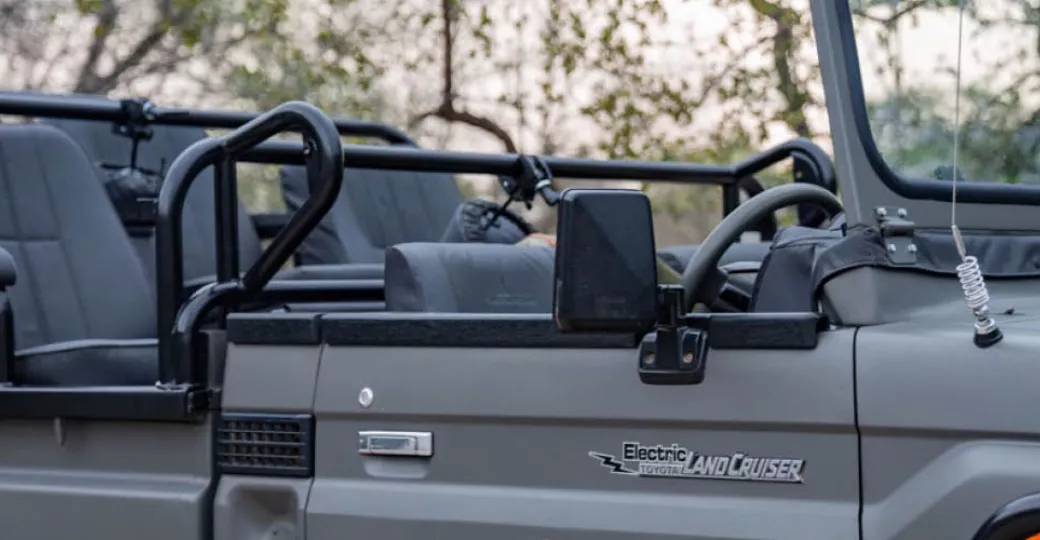
Credit: Cheetah Plains
Another potential downside of electric vehicles is the limited power and range. While you might be used to reading about the latest electric cars boasting an impressive range of 200+ miles, that’s on flat tarmac in a relatively light machine. Safari vehicles are enormous and when you consider a maximum capacity of 9 guests, plus a tracker and a ranger, and then throw in African bush terrain and wild animals, you can see how potential problems could arise. Safety for guests and wildlife alike is the paramount priority whilst on safari, so limitations may need to be introduced to protect all.
Finally, there is the small task of recharging the vehicles after every game drive. African power is not the most reliable on the best of days, and while some lodges are attempting to cover any gaps using solar power, this cannot be relied on either.
Green Safaris, who operate 8 lodges and camps across Zambia and Malawi are championing the eco-safari space and currently offer a mixture of electric and combustion engines across their portfolio. Electric vehicles currently in operation include eLand Cruisers, eBoats, eBikes and an eDhow looking to launch from Tongabezi Lodge in Livingstone in the now too distant future. With solar farms, huge Tesla batteries and ongoing research and development, the vision and dedication to implementing electric vehicles across the Green Safaris portfolio is fantastic to see, and we are very much hoping that others follow suit in the years to come.
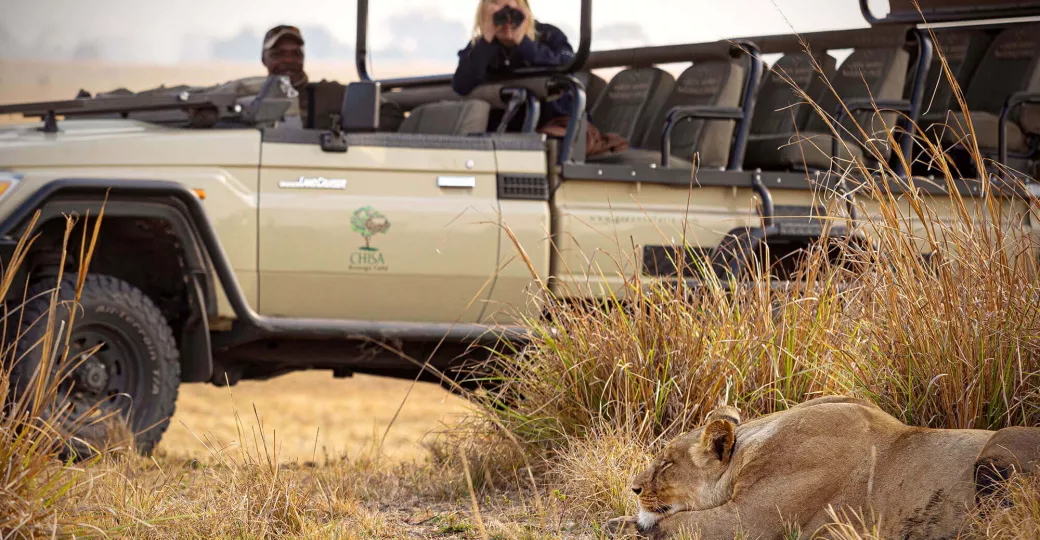
Credit: Green Safaris
With game drives being the ultimate attraction of the safari lodges, using a combination of diesel and electric vehicles (or looking towards hybrid machines) may be the solution to guarantee no downtime, something that the Ineos Grenadier is developing in conjunction with a very well-known South African lodge.
With advances in technology, we are very much hoping to see more and more electric vehicles across safari Africa.
Electric vehicles are already being used across Green Safaris' safari properties in Zambia and at their stunning Kaya Mawa beach lodge in Malawi. Cheetah Plains and Makanyi Lodge have begun using Electric vehicles in South Africa, amongst others. Chobe Game Lodge in Botswana has not only started using electric game drive vehicles, but has also invested in electric boats for their water-based activities too. The revolution towards Silent Safaris is very much underway!

Toby Pheasant
Toby first visited Africa at the tender age of four when he accompanied his family on their first of several safari holidays. From that moment on Toby’s love affair with Africa’s nature and wildlif...
View profileNever miss a notebook entry with our newsletter

